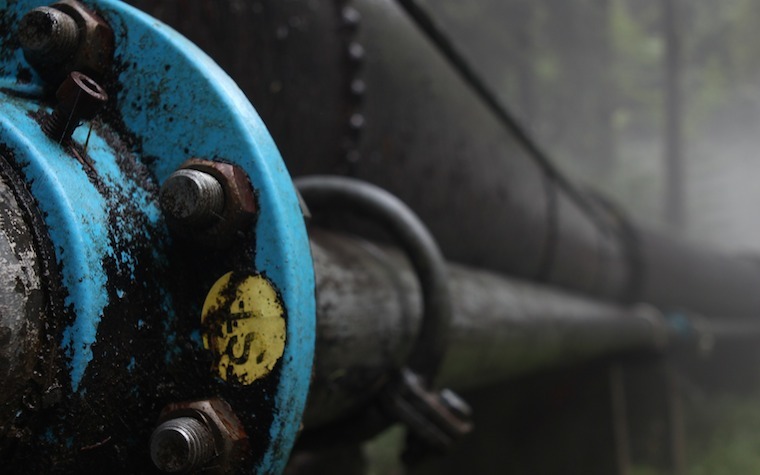Plans to move ahead with the construction of the Keystone XL Pipeline came to a screeching halt in the U.S. late last year when President Obama denied the construction permit needed for the Canadian-U.S. pipeline due to environmental concerns.
Now, the Canadian company behind the project is exploring the idea of constructing new pipelines in Mexico – where regulatory oversight and environmental opposition are less-cumbersome obstacles than in North America.
TransCanada has found that getting approval for a pipeline in Mexico is far simpler and would cost much less – costing TransCanada $5 million to bid on the project, compared with $2.5 billion the company has spent in the U.S. on the project and the $700 million it invested in the Energy East project in Canada.
Additionally, if TransCanada receives the green light for the pipeline in Mexico and acquires the necessary permits, construction would begin immediately.
“Those who oppose fossil fuels and believe they are fighting global warming are not seeing the big picture,” Nic Porta, a former U.S. Coast Guard officer and a volunteer chairman of West Virginia Vets4Energy, told TI News. “Oil and natural gas are going to be in demand for decades, no matter how fast renewables are developed. Global demand is going to be there, so the question is if we want to produce and refine it here in North America, where the rules and regulations are stricter, or allow other countries with less environmental concern gain the benefits of doing it? Which is better for the environment then?”
President Obama’s rejection of the Keystone XL Pipeline last November was a decision seven years in the making.
The Keystone Pipeline System delivers crude oil from the oil sands in Alberta, Canada, to refineries in Texas and Illinois, and to an oil distribution center in Oklahoma. Commissioned in 2010, the pipeline project underwent three phases.
The proposed Keystone XL Pipeline, Phase 4, was first proposed in 2008 and would have shortened the route by running a new pipe through Montana and South Dakota before joining the existing Keystone pipeline in Nebraska. The project also would have used a larger-diameter pipe with an estimated capacity of running approximately 830,000 barrels of crude oil a day.
But the nearly 1,200-mile proposed pipeline raised concerns at the Environmental Protection Agency (EPA) and Democratic lawmakers, despite receiving approval from the Canadian National Energy Board and a permit from the South Dakota Public Utilities Commission. The EPA worried about safety issues and the greenhouse-gas emissions. The project hung in limbo for years awaiting a series of reviews that would ultimately influence the presidential permit needed for the new, shorter pipeline route.
Early in 2015, the U.S. House and Senate passed a bill approving the construction of the Keystone XL Pipeline, but President Obama vetoed the bill and said the responsibility to approve the project fell on the executive branch, not Congress.
In announcing his rejection of the project several months later, Obama said Secretary of State John Kerry had come to the conclusion that the proposed Keystone XL Pipeline was not in the best interests of the nation.
"This morning, Secretary Kerry informed me that after extensive public outreach and consultation with other Cabinet agencies, the State Department has decided that the Keystone XL Pipeline would not serve the national interest of the United States. I agree with that decision," Obama said during the November press conference.
According to TransCanada, the pipeline “was intended to be a critical infrastructure project for the energy security of the United States and for strengthening the American economy.” The energy company also said the pipeline would have created thousands of jobs for Americans, offered increased tax benefits for counties and communities, and provided “a safe, secure, reliable source of energy to help fuel the everyday lives of Americans.”
Following the president’s rejection, TransCanada filed two lawsuits to try to recoup its losses – one was a multibillion-dollar North American Free Trade Agreement (NAFTA) claim and the other a challenge to President Obama’s authority to reject the plan. TransCanada argued that the U.S. Constitution gives Congress the power to regulate international commerce and that Congress’ passage of the bill green-lighting the construction of Keystone XL should have stood.
Mexico may prove to be an easier alternative for the pipeline, but the rewards would be on a much smaller scale. TransCanada currently has six projects in Mexico – two in operation, three under construction and another under development.




 Alerts Sign-up
Alerts Sign-up